Porbeagle Facts
- The short term of Porbeagle serves as the most frequently used common name for this highly distinctive fish. It’s actually a species of what’s known as mackerel sharks. However, the intriguing Lamnidae also goes by several other names, in various parts of its natural range.
- These alternate appellations include such names as the Beaumaris shark, Atlantic mackerel shark, bottle-nosed shark, and blue dog. Professionals, though, such as researchers, tend to employ its formal name when referring to it. That’s the relatively simple term Lamna nasus.
- It received that designation due to the work of the French naturalist, Abbé Pierre Joseph Bonnaterre. He accomplished the first official acknowledgement of the creature as a separate and distinct species. This scientifically noteworthy event occurred in the year 1788.
- Regardless of the term one chooses to use to refer to it, though, the shark remains a fascinating animal. It’s also known for being quite fast, and highly active. Yet it’s well-known as comparatively docile. Only a handful of bites by this species have been reported, none serious.
- Sadly, however, the population of the amazing Porbeagle continues to drop sharply. Though the wonder now enjoys a measure of protection, this applies in only a few areas. Various nations and Unions now ban hunting, but this only applies within their own area of influence.
- The remarkable fish therefore faces numerous threats. These obviously include commercial fishing, as well as sport fishing. Climate change also now poses a danger to it. For all these reasons, the IUCN now lists the species as Vulnerable on its Red List of Threatened Species.
Related Articles
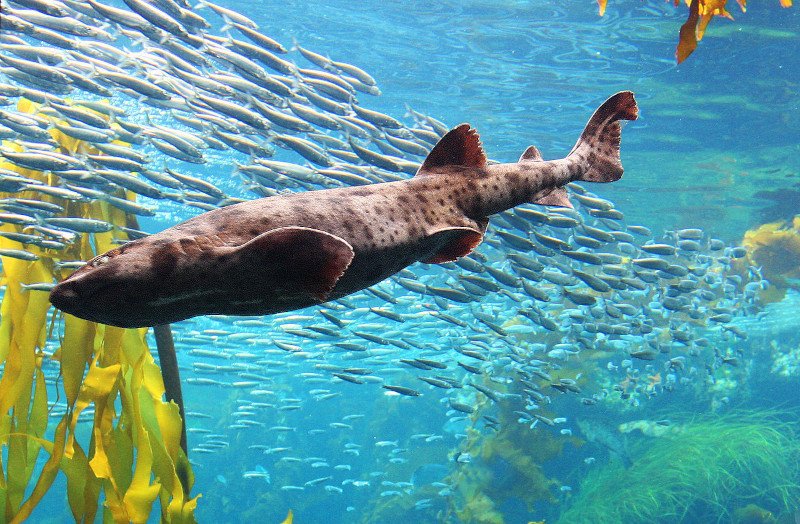
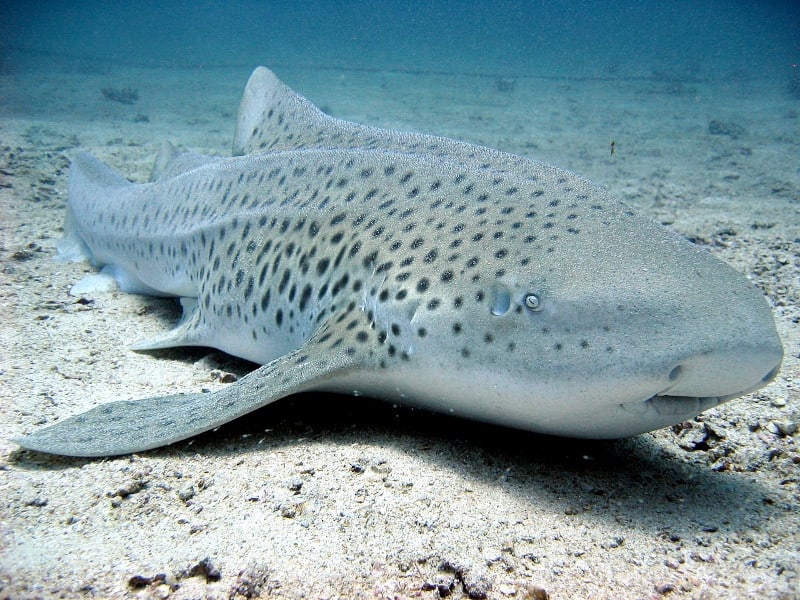
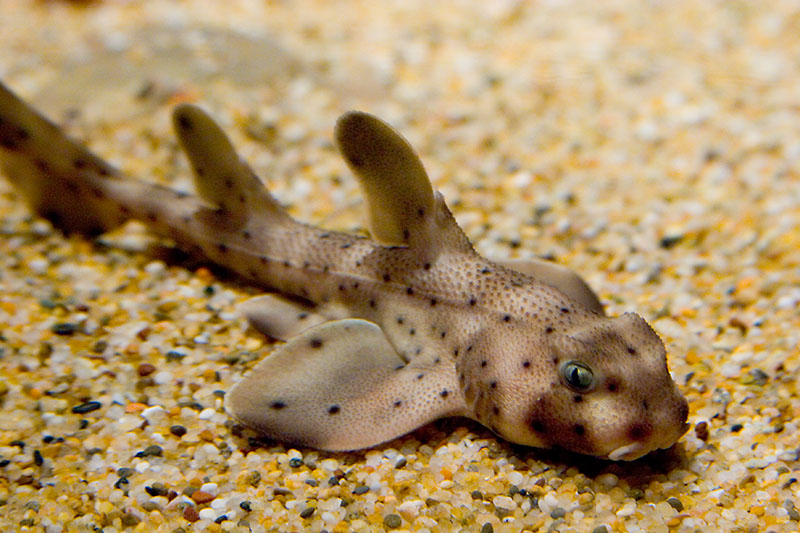
Porbeagle Physical Description
The physique of the remarkable Porbeagle quickly impresses those few individuals fortunate enough to encounter it. It’s worth noting, however, that it does so for attributes wholly unrelated to sheer size. That’s because this variety of shark only ranks as slightly above average in that regard.
Although populations vary somewhat in number, largely depending on their region, in many of these one trait prominently stands out. That’s due to the fact that some populations display the physiological characteristic of sexual dimorphism. In its case, though, this manifests in sheer size.
More specifically, females of the species attain a moderately greater mean length than their male counterparts. As a result of this size disparity, the females reach an average body length of approximately 9.8 ft (3.0 m). Males, meanwhile, only average roughly 8.2 ft (2.5 m) in overall length.
Despite the highly notable difference in length, though, average weights measure among them about the same. Most specimens only weigh around 298 lb (135 kg). Exceptional individuals do occur, however. The heaviest known member of the amazing species weighed in at 510 lb (230 kg).
Its overall body shape’s often referred to as comparatively stout, with males being somewhat more so than females. The elongated snout tapers to a pointed structure. Its eyes further develop as large, and deep black in color. Its mouth also develops as proportionately quite large and curved.
In terms of general coloring, though, the interestig Porbeagle displays a fairly common pattern. The upper surface dislays as a moderate to dark gray color. Its underside, meanwhile, typically shows an off white shade. Some populations also display irregular, dusky blotches across the belly.
- Kingdom: Animalia
- Phylum: Chordata
- Class: Chondrichthyes
- Order: Lamniformes
- Family: Lamnidae
- Genus: Lamna
- Species: L. nasus
Porbeagle Distribution, Habitat, and Ecology
One factor working in the favor of the amazing Porbeagle is its natural distribution. That’s because this marvel of Nature has an extremely broad, yet simultaneously specific, range of habitation. It evolved to possess what ichthyologists, scientists who study fish, call an amphitemperate range.
That’s simply a technical term that means three certain specific things. Firstly, the animal appears almost globally, within certain parameters. Secondly, however, those very same parameters restrict it to the temperate waters of both hemispheres. Finally, its entirely absent from tropical areas.
Within that zone of habitation, though, it inhabits a relatively broad range of depths. In this, different populations present varying preferences. Thus, some groupings appear offshore, at depths of as much as 4,460 ft (1,360 m). Others, meanwhile, appear at depths as shallow as 3.3 ft (1m)!
Yet, in all marine regions of the world this wonder of Nature makes its home in, some individuals display a daily migration pattern, while others do not. Those specimens that migrate usually spend the majority of the day at greater depths. These then later move toward the surface at night.
The remarkably intriguing Porbeagle appears either in small groups or singly. In both instances, it’s also one of the few known fish species to exhibit signs of play. That’s due to the fact that, on some occasions, individuals wrap themselves in rolling and unrolling themselves in kelp strands.
Like other sharks, it also evolved as an actively predatory creature. It’s extremely opportunistic, as well, feeding on virtually any small or medium-sized bony fish it finds. Small cephalopds, especially squid, additionally form an important part of its diet. Lifespan ranges from 30-40 years.
Species Sharing Its Range
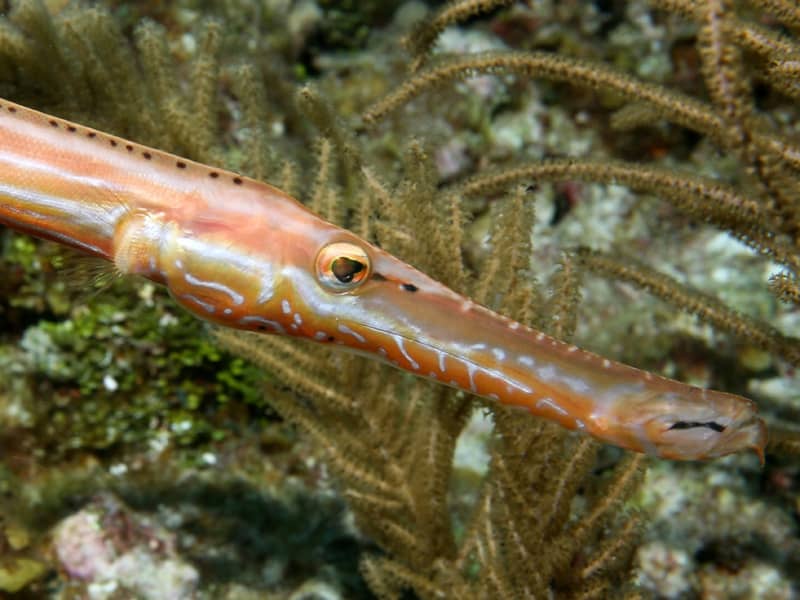
Atlantic Trumpetfish
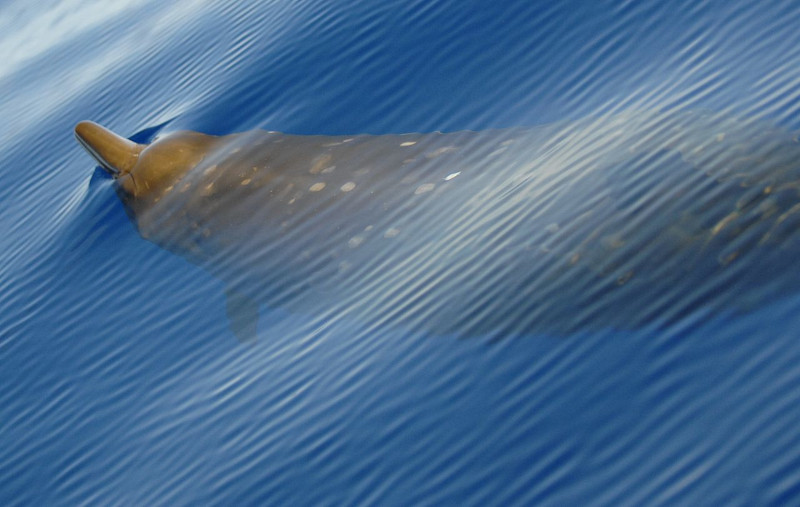
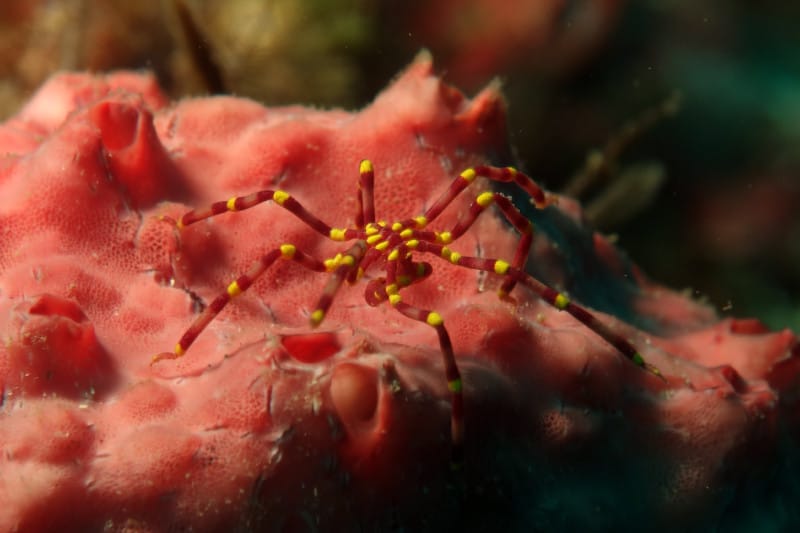
Check out our other articles on 5 Befuddling Invertebrates of Borneo, Texas Blind Salamander, Atacama Desert, Mediterranean Mantis, Rough-nosed Horned-Lizard, Spiked Magician
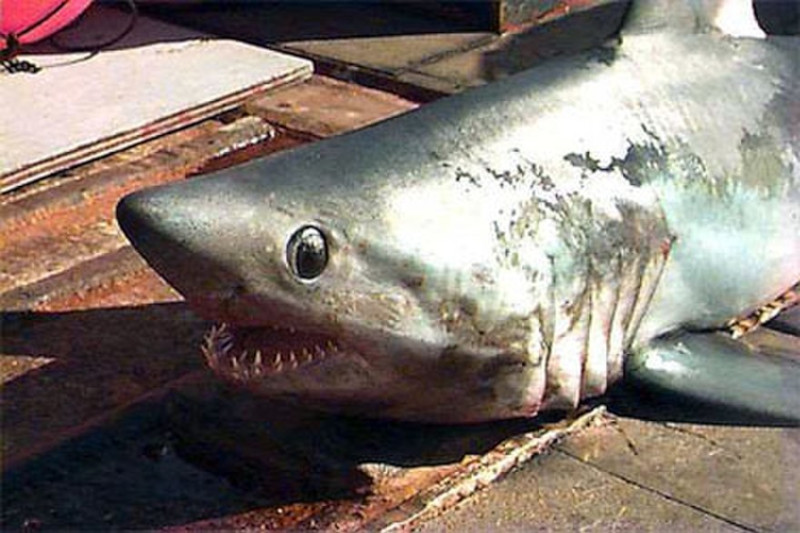
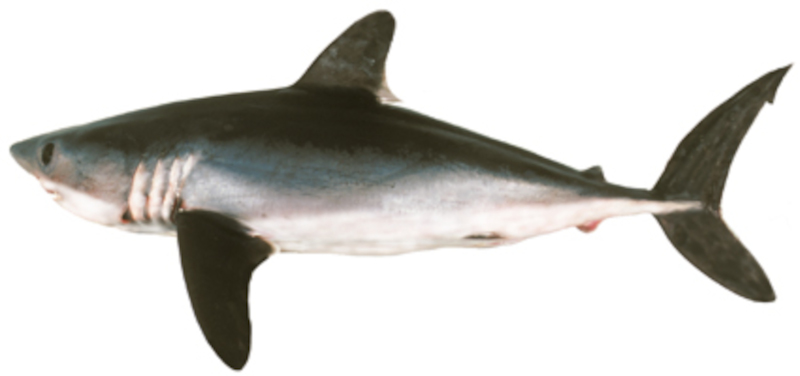
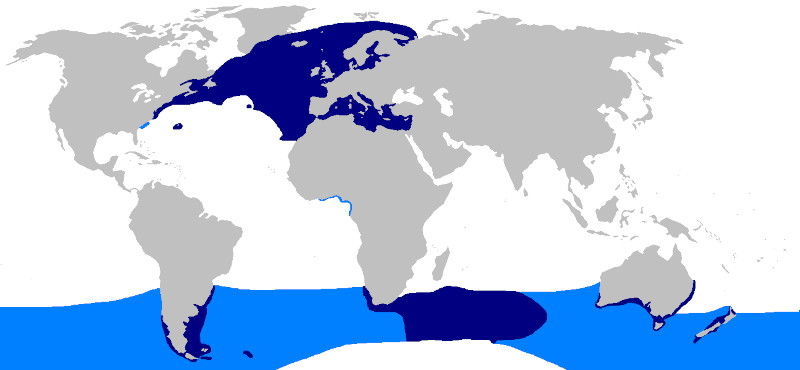









Leave a Reply